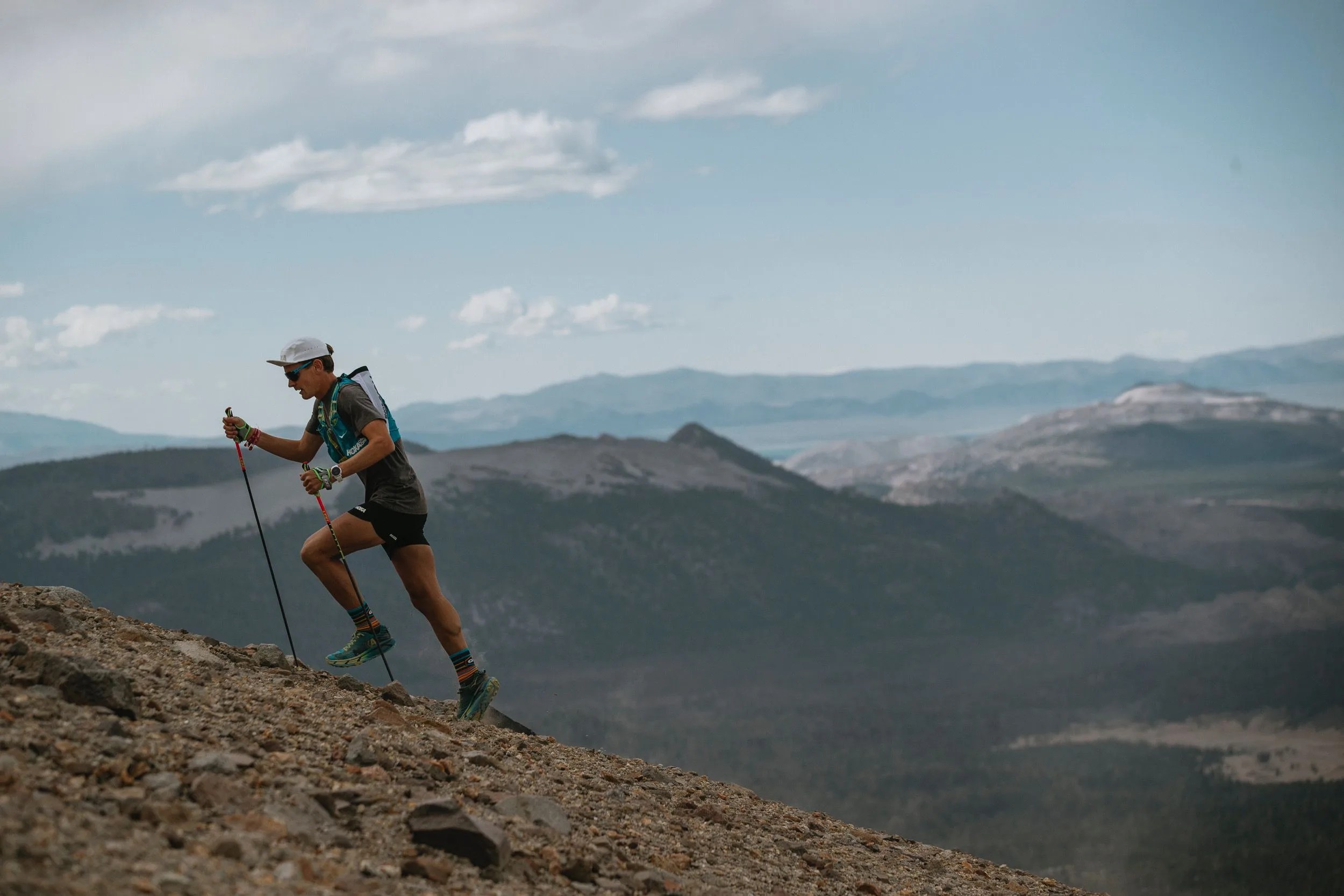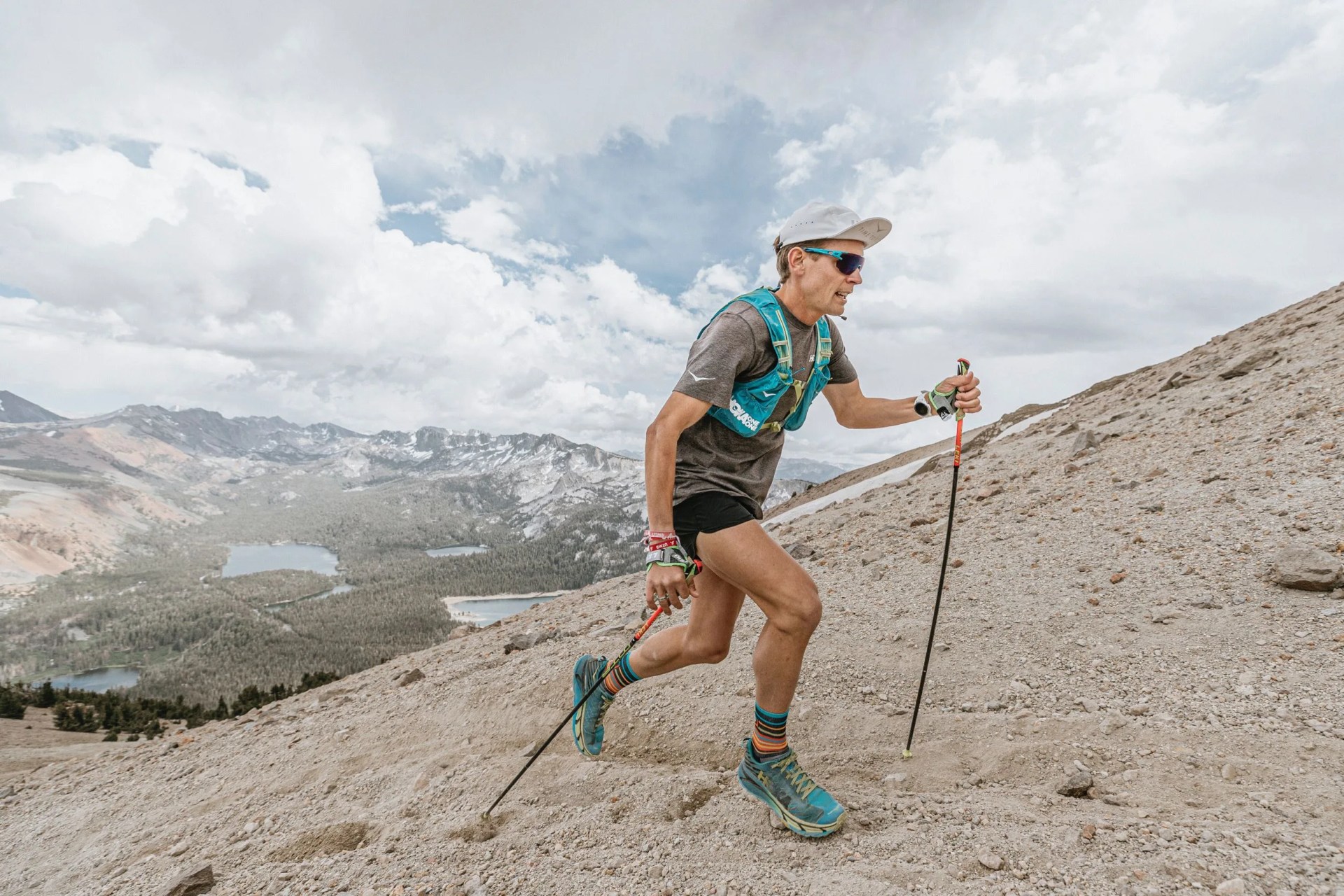When Tim Tollefson showed up at Ultra-Trail du Mont-Blanc — widely considered the Super Bowl of ultra running — for the first time in August 2015, he felt out of place. Not because he was an American racing in Europe or because he wasn’t ready for the world-class competition, but because he didn’t have poles.
“I remember thinking: ‘Why do all the Euros have poles? Am I missing something? Do I need them?’” muses Tollefson, who bought a cheap pair two weeks before the race but admits he didn’t experiment with them enough to know the value. “Poles take time to learn and I wasn’t ready to race with them. I wish I had given it more practice. I ended up not using them and regret it a bit.”
Despite doing well at the race, Tollefson believes that poles could have helped him place higher. “Many runners were passing me on the uphill, likely due to the advantage poles provide on climbs.” Over the next year he trained consistently with poles near his home in Mammoth, California, using them on long runs and steep climbs.
In the two years that followed, Tim landed on the podium at UTMB as the top American at both races.
“For a race like UTMB, I use poles on every single climb,” he now says. “Poles help offset the demand on your legs so that you have enough for when it really matters. Often, in the later parts of the race, I use them on the downhills, too. This supports my hips and maintains strength there. If your hips go you have a whole host of problems.”
But it’s not just the pros who can benefit from using trekking poles on trail runs. You can, too. So here are some pertinent FAQs.
Are there different types of poles?



